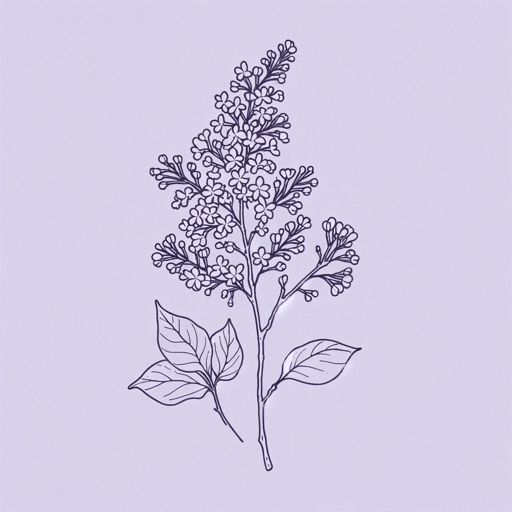26 pages • 52 minutes read
Walt WhitmanWhen Lilacs Last in the Dooryard Bloom'd
Fiction | Poem | Adult | Published in 1865A modern alternative to SparkNotes and CliffsNotes, SuperSummary offers high-quality Study Guides with detailed chapter summaries and analysis of major themes, characters, and more.
Themes
Death as a Force in Art
The hermit thrush sings “death’s outlet song” (Canto 4, Line 7; Canto 16, Line 3), as the speaker goes on to “chant” (Canto 7, Line 3) and “warble” (Canto 10, Line 1) for death and for the dead. But this voice of “uttermost woe” (Canto 13, Line 5) also rings out “liquid and free and tender” (Canto 13, Line 6) from a “wondrous singer” (Canto 13, Line 7). For Whitman, the acute loss at death sharpens the experience of love, allowing its expression to achieve its most affecting artistic representation. He addresses the relation between artistic impulse and the understanding of mortality in his autobiographical poem “Out of the Cradle, Endlessly Rocking,” in which his birth as a poet occurs when he learns to understand the message of nature: death. Throughout “Lilacs,” the hermit thrush sings of death to the speaker, while the singer sings his elegy to the reader.
Canto 14’s shadowy forest consoles the speaker; his walk with the two death figures resolves his grief, reflecting the depth of his loss. This canto especially focuses on death as a driving artistic force, as the speaker’s knowledge of death heightens emotional and sensory experiences.
Related Titles
By Walt Whitman

A Glimpse
Walt Whitman

America
Walt Whitman
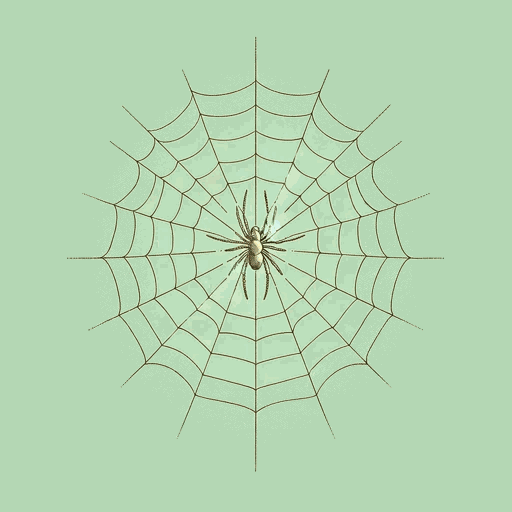
A Noiseless Patient Spider
Walt Whitman

Are you the new person drawn toward me?
Walt Whitman
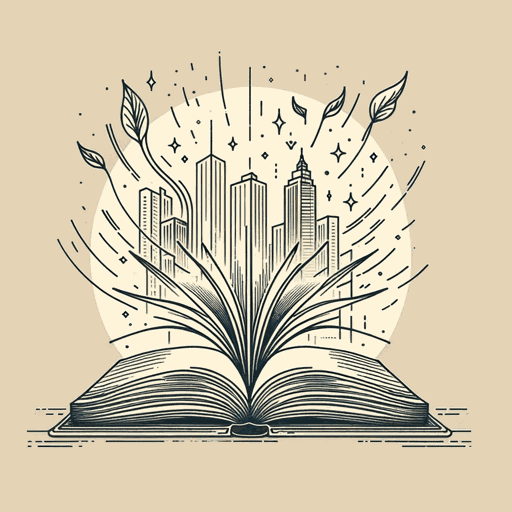
As I Walk These Broad Majestic Days
Walt Whitman

Crossing Brooklyn Ferry
Walt Whitman
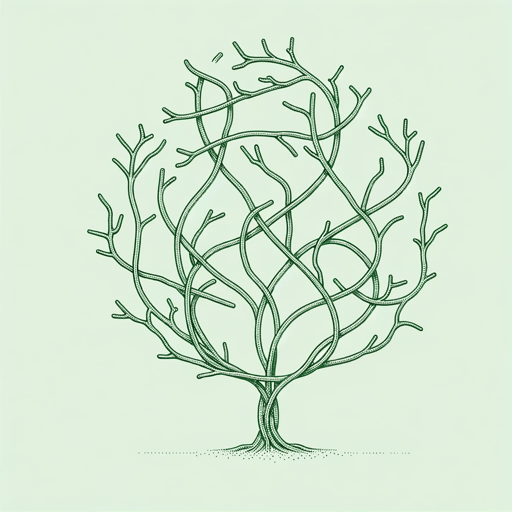
For You O Democracy
Walt Whitman

Hours Continuing Long
Walt Whitman

I Hear America Singing
Walt Whitman

I Sing the Body Electric
Walt Whitman
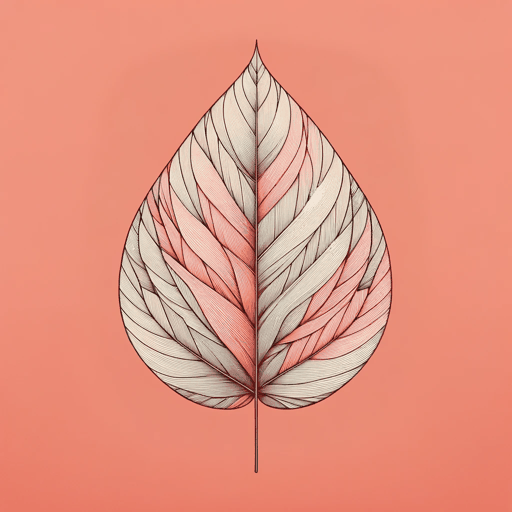
I Sit and Look Out
Walt Whitman

Leaves of Grass
Walt Whitman

O Captain! My Captain!
Walt Whitman
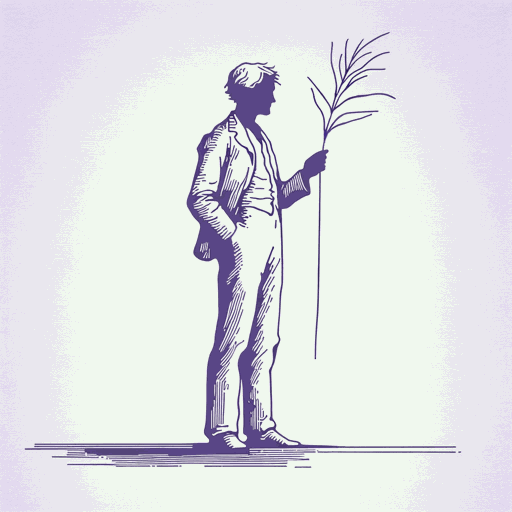
Song of Myself
Walt Whitman
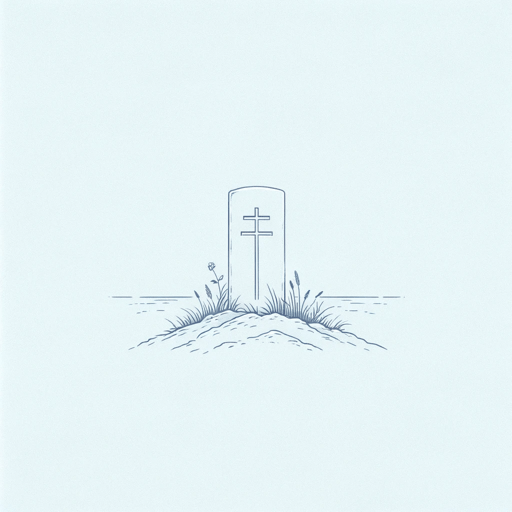
Vigil Strange I Kept on the Field One Night
Walt Whitman

When I Heard the Learn'd Astronomer
Walt Whitman
